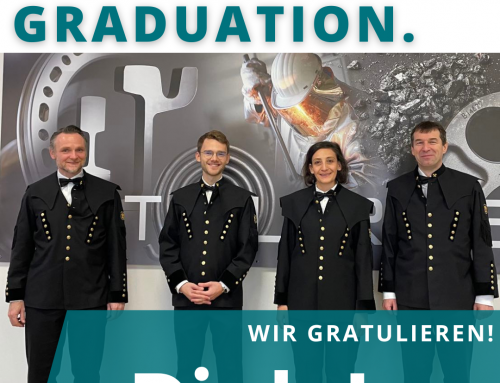At the Chair of Nonferrous Metallurgy, under the direction of Priv.-Doz. Dipl.-Ing. Dr.mont. Jürgen Antrekowitsch, Priv.-Doz. Dipl.-Ing. Dr.mont. Stefan Steinlechner and Dipl-Ing. Michael Auer in cooperation with the company ARP GmbH developed a new process, which should be an important part of the value-added cycle in the steel and zinc industry in the future.
The new two-step Dust Recycling (2sDR) process focuses on dusts from electric arc furnace steel production and enables the recovery of valuable materials such as zinc, iron or lead from the residual material. Economical operation of this innovative process is possible from a plant capacity of 15,000 t of dust per year and opens up new opportunities for steel mill operators. They can process their dust directly on site, are thus independent of the pricing policies of large, central recycling companies and at the same time expand their own product portfolio. In addition, long transport routes and the associated CO2 emissions can be avoided.
The recyclability of the resulting residue in the building materials industry (road construction, filling material, etc.) makes it possible, with the 2sDR process, to implement a zero-waste strategy and put established processes that generate up to 70% residual slag liable to landfill in the shade.
The new process offers companies the opportunity to independently realize the step from the value chain to a value cycle on site and makes a decisive contribution to a more environmentally friendly and resource-saving future.
By way of comparison, the annual global production of steel is 1.8 billion tons, generating 30-35 million tons of dust. Just under a third of this can be processed using the 2sDR process. One ton of dust contains around 280 kg of zinc, 300 kg of iron and 25 kg of lead.





